April top recommendations
| 5 May, 2017 | Alanna Orpen |
|

|
Find out what our latest top recommended articles and hidden gems were for April
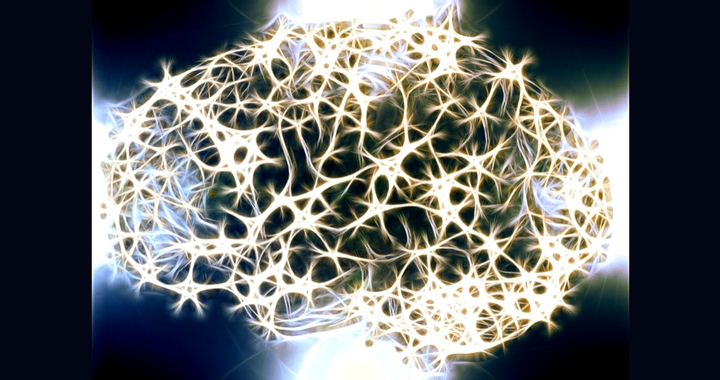
In April, there were a range of news reports covering the latest in brain research, including how regular exercise can improve our thinking and memory skills, and identifying the parts of the brain involved in dreaming. The neuroscience story that caught our attention was one of the most recent development in brain rejuvenation, explaining that protein therapy could slow down the human’s brain ageing process, and in the future could potentially be used as a preventative against neurological disorders such as Alzheimer’s.
The research recently published in Nature, by researchers from Stanford University in California, US, suggests that a protein found in the blood from the human umbilical cord can revitalize the hippocampus and improve cognitive function in aged mice by reversing memory and learning problems. It is thought that the treatment could be used in the future to prevent mental decline in ageing humans, but further research is needed before clinical trials can begin.
In recognition of this work, we are highlighting the top 3 recommended articles in the area of tissue rejuvenation in this month’s blog post as well as the usual top 3 articles for the month and Hidden Jewels. Click on the images for full access to the recommendations.
F1000Prime is a literature recommendation service. The service has a peer-nominated global Faculty of more than 8,000 of the world’s leading biomedical scientists and clinicians who select those articles they think are particularly interesting and important, and write recommendations explaining their selection. From the numerical ratings awarded, we have created a unique system for quantifying the importance of individual articles.
Top 3 article recommendations about tissue rejuvenation
“A very elegant approach to deciphering the functional importance of adult neurogenesis in the olfactory bulb and dentate gyrus. Very cool genetic tools allowed the authors to selectively label neural stem cells and their progeny with a fluorescent marker, and to selectively kill new neurons at a chosen timepoint.” – Corinna Darian-Smith, Stanford University School of Medicine, Stanford, CA, USA.
“This noteworthy report demonstrates that activation of telomerase reverse transcriptase (TERT) can reverse phenotypes related to aging.” – William Hahn, Dana Faber Cancer Institute, Boston, MA, USA.
“This is a fascinating paper, which shows that the regenerative potential of muscle and liver in aged animals can be regained by a circulating factor.” – Ulf Pettersson, Uppsala University, Uppsala, Sweden
Current Top 3 recommendations
Rankings are generated using the articles recommended in F1000Prime during the preceding 30 days.
“The report from Erez and coworkers documents a novel communication between bacteriophages that influences the choice between lysogeny or lysis during infection.” – Judy Wall, University of Missouri-Columbia, Colombia, MO, USA.
“This excellent study provides a functional link between mental stress (quantified by amygdalar activity) and cardiovascular outcome.” – Lars C Huber, Triemli Hospital, Zurich, Zurich, Schweiz, Switzerland.
“This very interesting paper unravels the possibility of proteins being ubiquitinated in the absence of E1 ubiquitin-activating and E2 ubiquitin-conjugating enzymes. ” – Grégory Vert, Institute for Integrative Biology of the Cell (I2BC), Gif-sur-Yvette, Paris, France.
Hidden Jewels
Hidden Jewels rankings only include articles published in specialist journals, recommended in F1000Prime during the preceding 30 days.
“This paper is important because of the development of a novel mouse model, as well as the demonstration of an anti-inflammatory property of neutrophils (via their production of myeloperoxidase [MPO]).” – Mitchell Grayson, Nationwide Children’s Hospital, Columbus, OH, USA.
“This paper raises important issues for the ecologists of the future, so I greatly advise one to expose undergraduate and graduate students to it.”- Ferdinando Boero, Universita’ del Salento, Monteroni, Lecce, Italy
“This remarkable study shows that trypanosomes have an intrinsic circadian rhythm in that levels of transcription of ~10% of the genes oscillate over a 24 hour period.” – Wendy Gibson, University of Bristol, Bristol, UK.

|

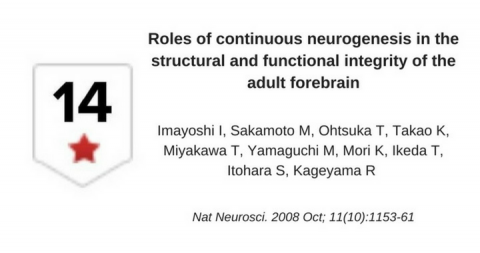
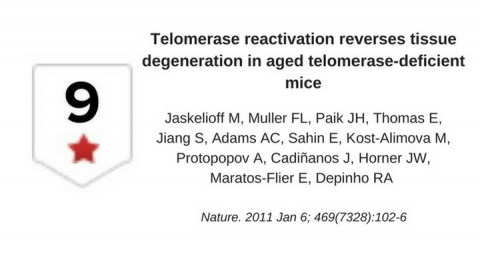
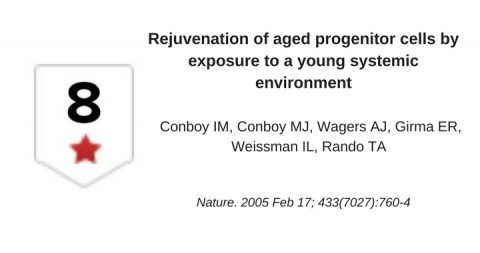
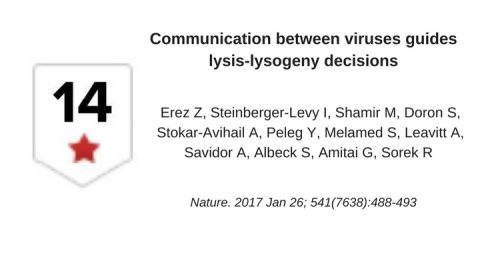

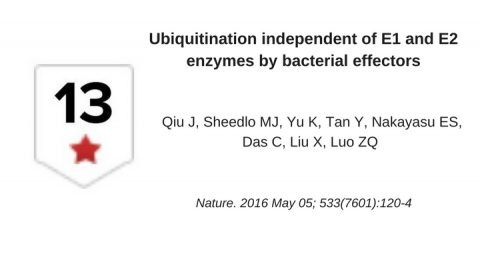
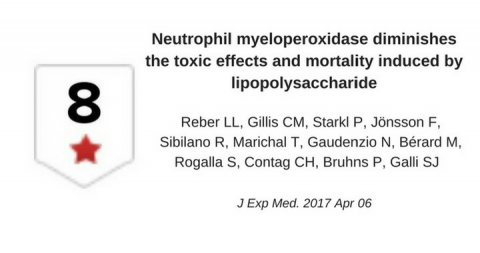
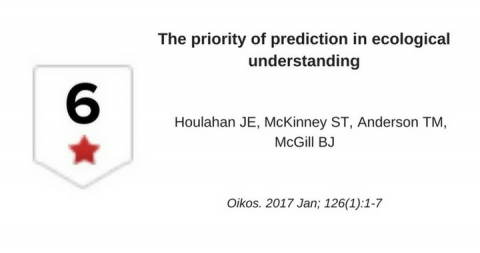
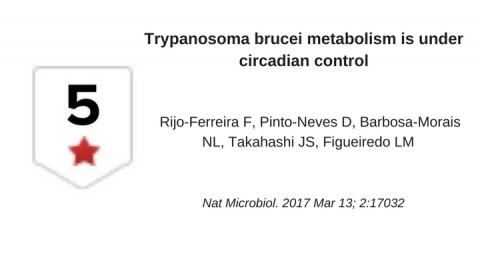

User comments must be in English, comprehensible and relevant to the post under discussion. We reserve the right to remove any comments that we consider to be inappropriate, offensive or otherwise in breach of the User Comment Terms and Conditions. Commenters must not use a comment for personal attacks.
Click here to post comment and indicate that you accept the Commenting Terms and Conditions.